



Chiloé
Land of myths, legends, traditions, and unparalleled gastronomy. Chiloé is an island of surprising cultural and natural wealth.
Discover its picturesque palafitos, colorful stilt houses built on the water and enjoy the company of its warm population.
Explore its mythical territory, colorful wooden churches, 16 of which were declared World Heritage Sites by UNESCO. Try the traditional curanto dish that includes seafood and other ingredients such as the Chiloé potato, cooked in a hot stones pit.
And if nature is what you are looking for, the island offers you cinematographic landscapes. Tour the several trails and kayak through its marvelous channels. The Chiloé and Tantauco National Parks will captivate you with their evergreen colors.

Prob. de precipitaciones: 2%Humedad: 35% Viento: a 10 km/h.
-
VIE
-
SAB
-
DOM
-
LUN
-
MAR
-
MIER
Explore the charms Chiloé
-
Ancud
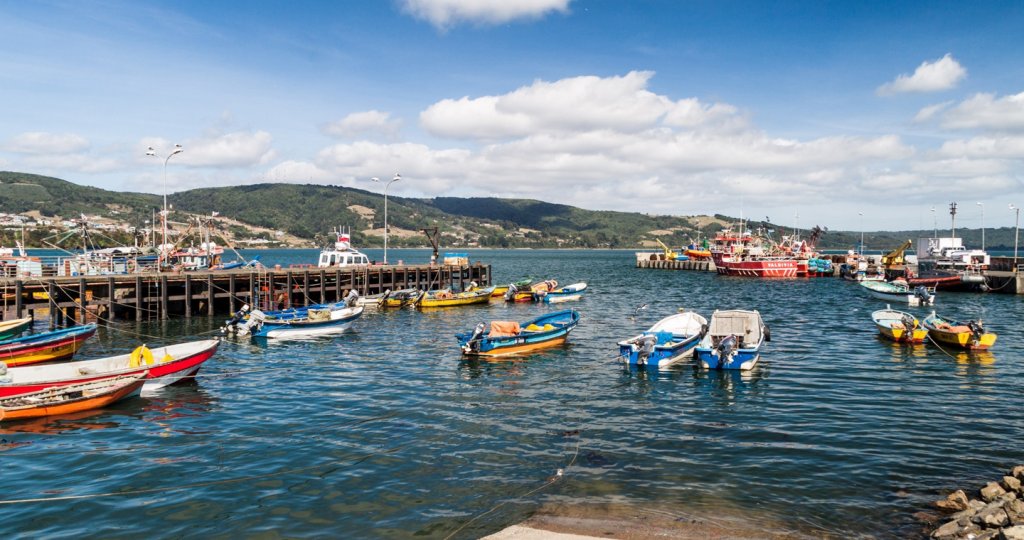
If you travel to this mystical land of witches and wizards, don’t miss out on the Ancud Regional Museum where you can get to know the history, mythology and crafts of the area, as well as its indigenous past. Visit the San Antonio Fort too, where the view of the port is spectacular.
The people from this area live off the sea, so it´s a good idea to enjoy their food before you begin traveling through the rest of the island.
-
Castro
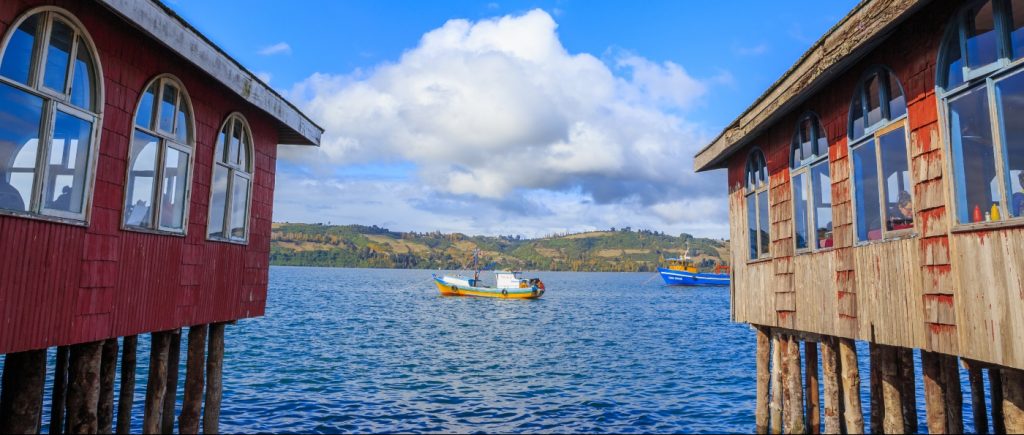
Located among hills and an exuberant vegetation, this city invites you take a walk, try its seafood restaurants, visit its arts and crafts shops and be taken away by the colorful “palafitos” (houses built on stilts) along its promenade, a classical Chilote postcard.
Visit the San Francisco de Castro Church, the Chiloé National Park or experience Chilote culture visiting the Castro Arts and Crafts Fair, Chiloé’s Contemporary Art Museum or by attending the famous Cultural Fair held in the city.
-
Churches of Chiloé

The churches of Chiloé have provided a special architectural charm to the area, creating an eternal dialogue with the landscape.
Discover the oldest wood constructions, built during the XVII century to serve in the evangelization of the new world, which fuse Spanish design with the island’s techniques and materials. Additionally, the assembly technique and joints built in native wood create a unique architecture in America.
The 16 churches declared World Heritage Sites by UNESCO form the “Chiloé Churches Route”. Nine of them are on the eastern shore of Isla Grande, three in Lemuy, two in Quinchao, one in Caguach, and one in Chelín.
These churches are less than 10 kilometers apart, get to know them!
-
Chonchi - Cucao
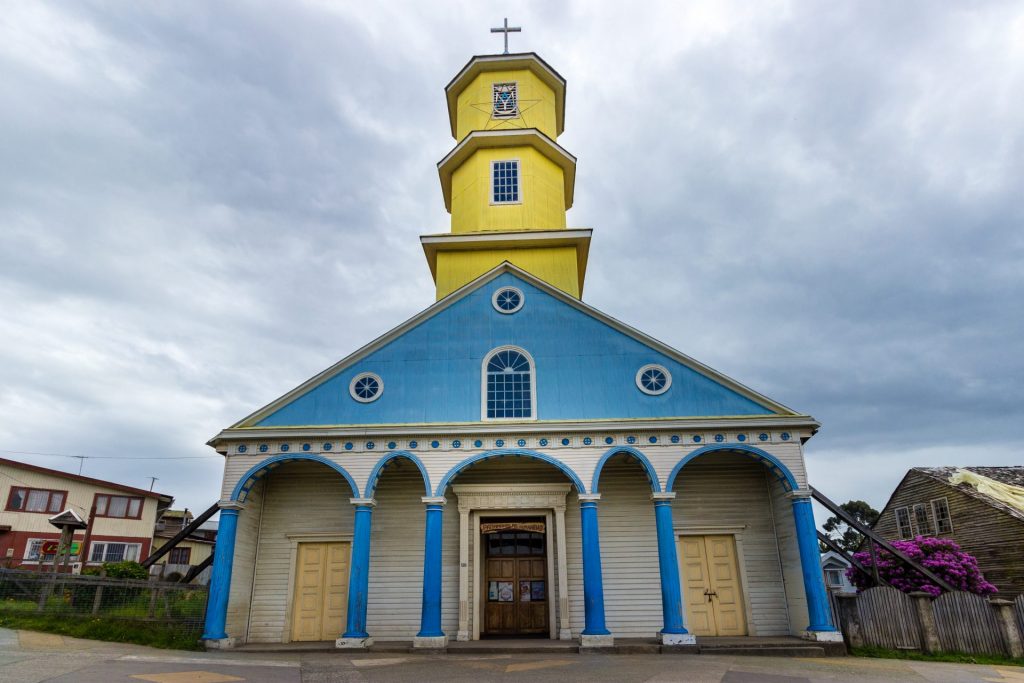
This small fishing village, once raided by pirates and the starting point for the Jesuits to evangelize the southernmost part of this Big Island (Isla Grande), the Church of San Carlos de Borroneo is preserved as a World Heritage site that you can visit.
Aside from visiting the Living Museum of Chonchina Traditions and the Museum of the Chilote Accordion you can follow the footsteps of Darwin and ride a horse, have a picnic or spend the entire day looking out on the Cucao Bay before entering the Chiloé National Park.
-
Dalcahue
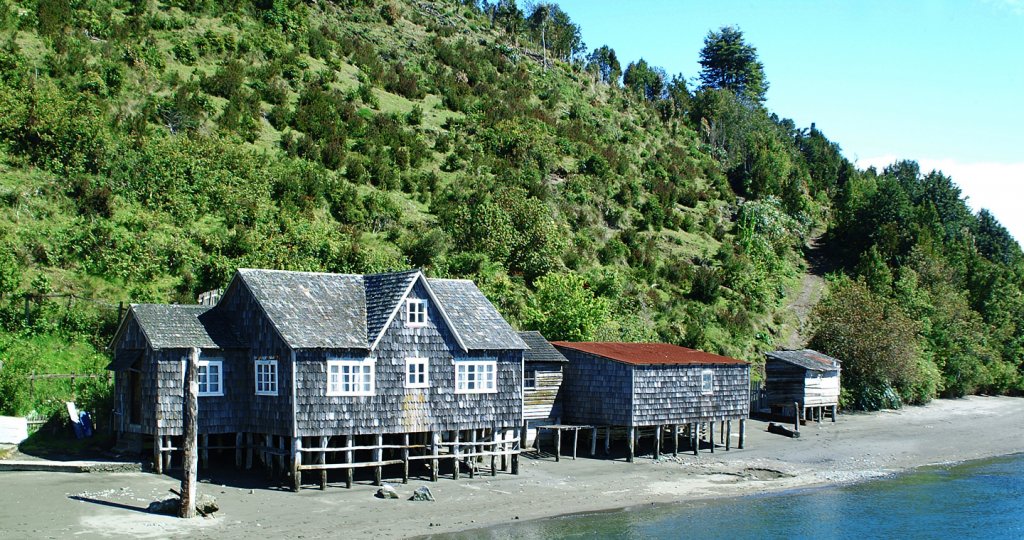
If you visit this Chilote town, you must get a local souvenir like its classic woolen sweaters, scarves and hats, or woven and carved decor. To do this, the best place to go is the arts and crafts fair where you’ll also get to experience the charm of Chilote singers.
While there, visit the Nuestra Señora de Los Dolores Church built in 1849, which is today one of the 16 Chilote churches declared as World Heritage Sites, or the Ethnographic History Museum to learn about the story of Chiloé’s native people.
-
Islets of Puñihuil
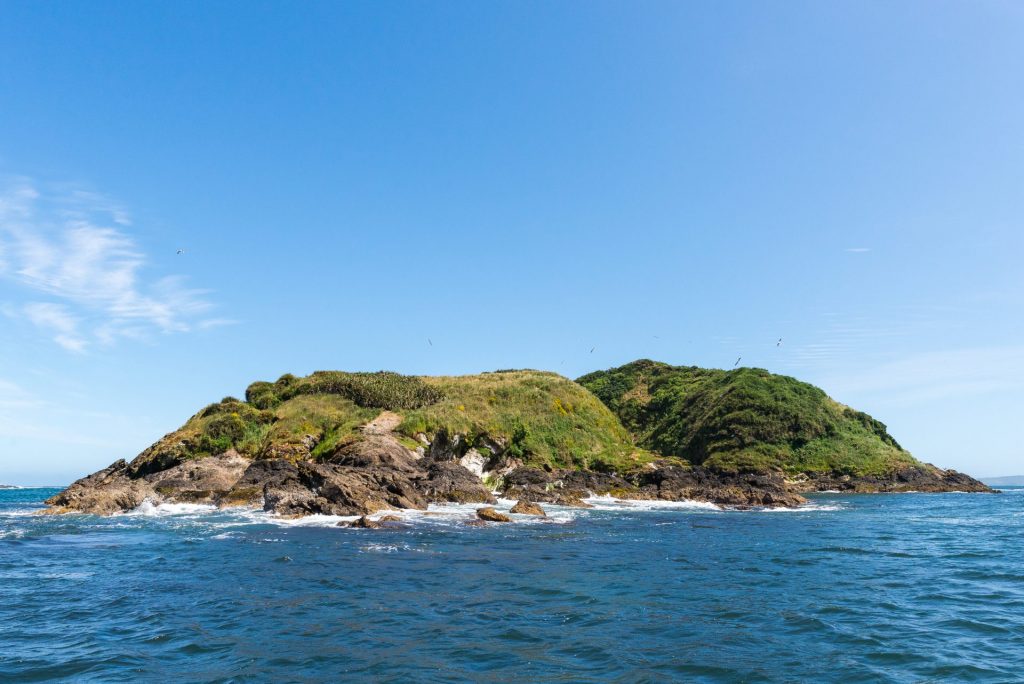
This is the only place in the world where Humboldt and Magallanic penguins live together. You can take sea tours around the islets, see them firsthand and take pictures of whales, otters, ducks and cormorants.
Get to know the coastal areas using the trekking paths, which focus on environmental awareness.
-
Chiloé National Park
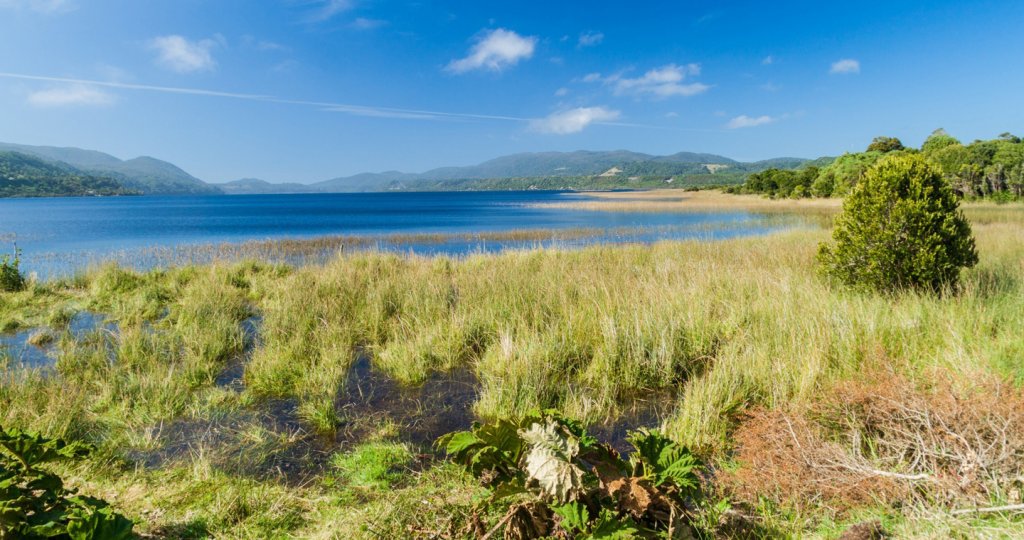
In the middle of the Chiloé’s Big Island, there is a place with such scenic beauty that it enchants its visitors.
Explore amazing terrain with heights that can exceed 800 meters and see many rushing rivers and lakes surrounded by forests, as well as long beaches, Huilliche communities with their ancestral traditions and the magic that this land, full of myths and legends, has to offer.
If you want to get a new perspective of your surroundings, then visit the island on horseback with the mule drivers or walk along its trails or paths. You can also enjoy the waters of the south of the world while sport fishing or kayaking at your own pace.

If you travel to this mystical land of witches and wizards, don’t miss out on the Ancud Regional Museum where you can get to know the history, mythology and crafts of the area, as well as its indigenous past. Visit the San Antonio Fort too, where the view of the port is spectacular.
The people from this area live off the sea, so it´s a good idea to enjoy their food before you begin traveling through the rest of the island.
Culture
Located among hills and an exuberant vegetation, this city invites you take a walk, try its seafood restaurants, visit its arts and crafts shops and be taken away by the colorful “palafitos” (houses built on stilts) along its promenade, a classical Chilote postcard.
Visit the San Francisco de Castro Church, the Chiloé National Park or experience Chilote culture visiting the Castro Arts and Crafts Fair, Chiloé’s Contemporary Art Museum or by attending the famous Cultural Fair held in the city.
Culture

The churches of Chiloé have provided a special architectural charm to the area, creating an eternal dialogue with the landscape.
Discover the oldest wood constructions, built during the XVII century to serve in the evangelization of the new world, which fuse Spanish design with the island’s techniques and materials. Additionally, the assembly technique and joints built in native wood create a unique architecture in America.
The 16 churches declared World Heritage Sites by UNESCO form the “Chiloé Churches Route”. Nine of them are on the eastern shore of Isla Grande, three in Lemuy, two in Quinchao, one in Caguach, and one in Chelín.
These churches are less than 10 kilometers apart, get to know them!

This small fishing village, once raided by pirates and the starting point for the Jesuits to evangelize the southernmost part of this Big Island (Isla Grande), the Church of San Carlos de Borroneo is preserved as a World Heritage site that you can visit.
Aside from visiting the Living Museum of Chonchina Traditions and the Museum of the Chilote Accordion you can follow the footsteps of Darwin and ride a horse, have a picnic or spend the entire day looking out on the Cucao Bay before entering the Chiloé National Park.
Culture
If you visit this Chilote town, you must get a local souvenir like its classic woolen sweaters, scarves and hats, or woven and carved decor. To do this, the best place to go is the arts and crafts fair where you’ll also get to experience the charm of Chilote singers.
While there, visit the Nuestra Señora de Los Dolores Church built in 1849, which is today one of the 16 Chilote churches declared as World Heritage Sites, or the Ethnographic History Museum to learn about the story of Chiloé’s native people.
Nature
This is the only place in the world where Humboldt and Magallanic penguins live together. You can take sea tours around the islets, see them firsthand and take pictures of whales, otters, ducks and cormorants.
Get to know the coastal areas using the trekking paths, which focus on environmental awareness.
Nature
In the middle of the Chiloé’s Big Island, there is a place with such scenic beauty that it enchants its visitors.
Explore amazing terrain with heights that can exceed 800 meters and see many rushing rivers and lakes surrounded by forests, as well as long beaches, Huilliche communities with their ancestral traditions and the magic that this land, full of myths and legends, has to offer.
If you want to get a new perspective of your surroundings, then visit the island on horseback with the mule drivers or walk along its trails or paths. You can also enjoy the waters of the south of the world while sport fishing or kayaking at your own pace.
Nature














